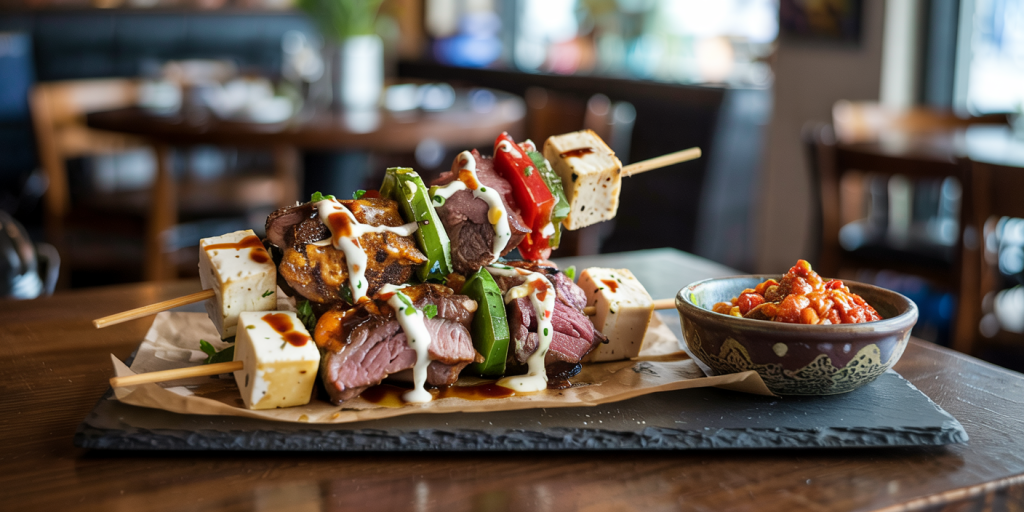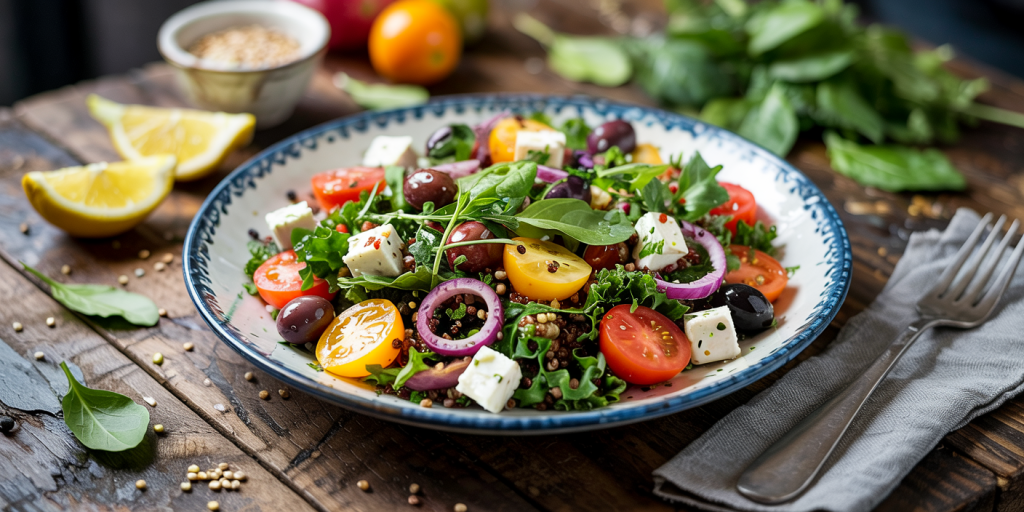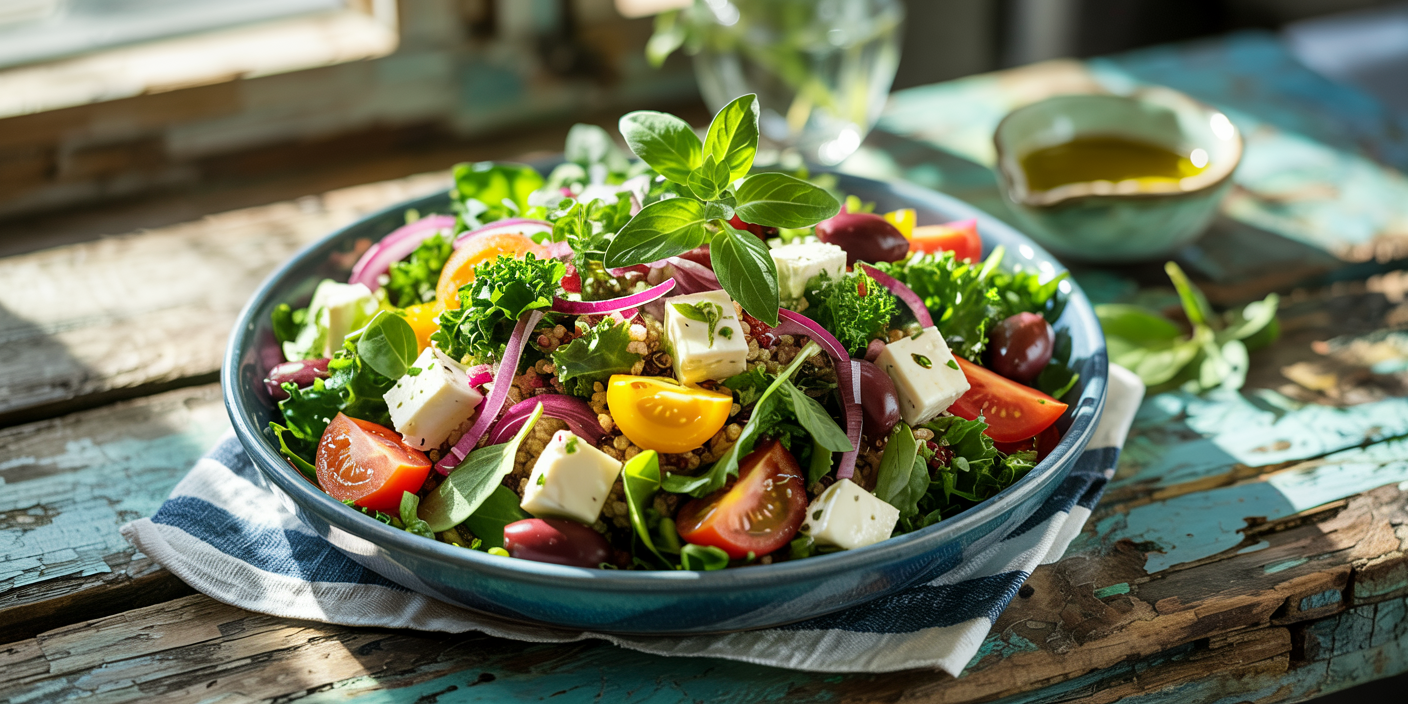Greek cuisine has long been celebrated for its rich flavors, fresh ingredients, and centuries-old culinary traditions. Classic dishes such as moussaka, souvlaki, and spanakopita capture the soul of Greece with their wholesome and aromatic profiles. However, as global food trends evolve and consumers seek novel taste experiences, many chefs and home cooks alike are reinventing these beloved plates by infusing modern techniques, unusual ingredient pairings, and contemporary presentation styles. This article explores how traditional Greek dishes are being transformed in the 21st century to appeal to global palates while maintaining their authentic essence.
The Evolution of Greek Food Culture
Greek gastronomy has historically been influenced by the Mediterranean climate, regional agriculture, and historical interactions with neighboring cultures. The fundamental use of olive oil, herbs such as oregano and dill, fresh vegetables, and seafood forms the backbone of classical Greek cooking. According to a 2020 market analysis by the Mediterranean Foods Association, traditional Greek fare remains in high demand, yet there is a significant niche for “modernized” interpretations in urban and cosmopolitan settings.
In recent years, dietary trends such as plant-based eating, low-carb lifestyles, and sustainability concerns have also prompted Greek chefs to reconsider traditional recipes. For example, the rise of vegetarian and vegan versions of historically meat-heavy dishes demonstrates this shift. Restaurateurs in cities like Athens, London, and New York have embraced this evolution, blending time-honored flavors with cutting-edge culinary movements.
Modern Takes on Greek Classics: Case Studies
One notable example is the reinvention of moussaka, a layered eggplant and ground meat casserole traditionally prepared with béchamel sauce. Contemporary variations often swap the meat for lentils or mushrooms to cater to vegetarian diets, while molecular gastronomy techniques allow chefs to deconstruct and artfully reassemble the dish. Chef Akis Petretzikis, a renowned Greek culinary figure, popularized a deconstructed moussaka “foam” that captures the essence of the traditional dish but with a lighter, more refined texture.

Similarly, souvlaki, the quintessential Greek skewered meat, has seen creative reinterpretations. Modern chefs are incorporating exotic spices, exotic proteins like duck or tofu, and inventive sauces that fuse Greek yogurt with tahini or Asian-inspired chili pastes. This fusion approach broadens the appeal beyond traditional venues and resonates with younger, adventurous diners.

An insightful 2022 survey by TasteAtlas revealed that about 35% of new Greek restaurants under five years old actively promote fusion or modernized Greek dishes, reflecting a growing trend towards culinary innovation within the realm of Greek cuisine.
Innovative Ingredients and Techniques in Contemporary Greek Cooking
The foundation of Greek cooking lies in ingredient quality and simplicity, but modern twists often involve adding unexpected elements or employing new technologies. For instance, the emergence of superfoods like quinoa and kale has inspired Greek-inspired grain salads that blend these with classic ingredients such as feta, olives, and heirloom tomatoes. This not only enhances nutritional content but also updates the flavor profile for health-conscious consumers.

Sous-vide cooking and smoking techniques are also increasingly applied to Greek dishes to intensify flavors and improve texture. At the esteemed Funky Gourmet in Athens—a Michelin two-star restaurant—chefs use sous-vide methods to prepare lamb for dishes like slow-cooked lamb shoulder with lemon and oregano, ensuring tenderness while preserving the essence of Greek seasonings.
Furthermore, fermentation—a traditional preservation method—is being revisited in gourmet applications. Fermented feta cheeses or yogurt-based sauces infused with probiotic cultures are introduced to enhance complexity and digestibility. These methods tie into global health trends, thereby making Greek cuisine more appealing internationally.
Dining Experience Reimagined: Presentation and Pairing
Modern Greek cuisine is not only about innovative flavors but also about elevating the dining experience itself through artistic presentation and thoughtful beverage pairings. Plates are arranged with minimalist aesthetics, employing negative space and natural garnishes to highlight colors and textures. This approach contrasts sharply with the rustic, hearty presentation typical of traditional Greek tavernas.
Pairing Greek dishes with new types of beverages also reflects modern trends. While classic Greek wines remain popular, sommeliers are now experimenting with natural wines and craft cocktails incorporating Greek spirits like ouzo and tsipouro. For example, a modernized souvlaki platter might be paired with an herbal tsipouro cocktail infused with rosemary and lemon, enhancing aromatic consonance.
Restaurants like “Kiki de Grèce” in London exemplify this synergy of modern presentation and beverage curation, where classic dishes are served in visually stunning forms accompanied by avant-garde drinks, creating a multisensory dining event.
Comparative Analysis: Traditional vs. Modern Greek Dishes
To better understand the shifts in Greek culinary tradition, the following table compares traditional and modern elements across several iconic dishes.
| Dish | Traditional Approach | Modern Twist | Key Benefits of Modernization |
|---|---|---|---|
| Moussaka | Layers of eggplant, minced meat, béchamel | Deconstructed, vegan-friendly variations | Lighter texture, vegetarian options |
| Souvlaki | Pork or chicken skewers with pita | Exotic proteins (duck, tofu), fusion sauces | Broader appeal, creative flavor pairings |
| Spanakopita | Spinach and feta wrapped in filo pastry | Gluten-free crusts, superfood additives | Dietary inclusivity, enhanced nutrition |
| Greek Salad | Tomatoes, cucumbers, olives, feta cheese | Incorporation of quinoa, kale, microgreens | Increased health benefits, modern textural contrast |
| Tzatziki | Yogurt, cucumber, garlic | Vegan yogurt alternatives, fermented versions | Supports dietary restrictions, adds probiotic value |
This comparison shows the deliberate balance between preserving core Greek culinary identity while responding to contemporary dietary needs and aesthetic preferences.
The Future of Greek Cuisine: Trends and Predictions
Looking ahead, the trajectory of Greek cuisine indicates a continued fusion of tradition and innovation. Industry experts forecast that by 2030, more than 50% of Greek-themed restaurants worldwide will integrate health-focused adaptations and artistic presentations as standard practice. This reflects broader shifts in the global food industry emphasizing sustainability, wellness, and experiential dining.
Emerging technologies such as 3D food printing may also find applications in Greek gastronomy, enabling novel textural experiences with traditional ingredients like pistachios, olives, and honey. Additionally, the digitization of gastronomy through augmented reality (AR) menus and virtual cooking classes promotes the global dissemination of modern Greek recipes, making them accessible beyond physical restaurant spaces.
Sustainability will remain a key driver, encouraging chefs to source locally and seasonally while reducing food waste. This aligns with Greece’s strong agricultural heritage and supports economic resilience for rural communities. The renewed popularity of ancient grains such as farro and barley combined with modern superfoods will likely sustain the nutritional appeal of Greek dishes.
Finally, the intersection of Greek diaspora communities around the world ensures continuous cross-pollination between traditional and contemporary culinary practices, enriching the global gastronomic landscape.
—
The revitalization of Greek cuisine through modern twists exemplifies how food culture evolves by balancing respect for heritage with innovation. Whether through ingredient substitutions, advanced cooking techniques, artistic presentations, or sustainability practices, Greek dishes are capturing the attention of a new generation. This dynamic approach not only preserves the legacy of Greek gastronomy but also secures its vibrant future in the international culinary arena.

Deixe um comentário